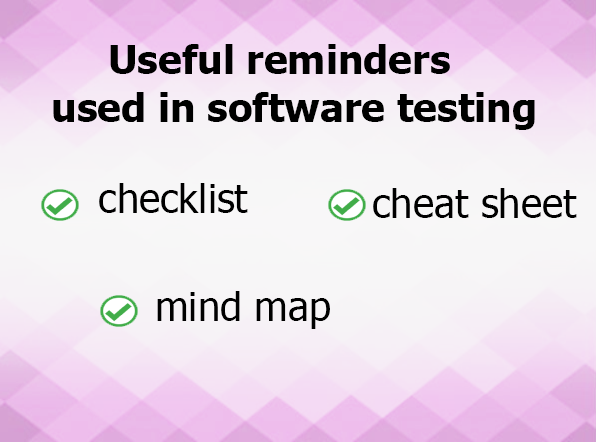If you perform software testing every day and check one type of product only, you have many chances to notice that your brain starts working in one established way.
In some time, you begin to understand where complex areas of a product are and so, instantly focus on checking right these areas while testing them. It happens due to their proof of being a prolific hotbed of numerous bugs and defects.
But how did you manage to access this system’s area? What path did you follow and what was missed by you? What if you took an absolutely different path, instead of keeping to a common one? What bugs could be found in this case?
Change the standards
Our brain is a fascinating thing. It’s extremely productive, of course, but it can reach a stalemate of a convenient type of thinking.
When a QA team is performing software testing, a brain is constantly being occupied with searching for the ways to think in a more rapid (lazy) way. It doesn’t try to seek a slow but still, analytical and creative method of thinking.
Evolutionary psychology has real evidence that a human brain can sometimes come to an incorrect conclusion. The list of cognitive distortions is really long, therefore, it’s not enough to simply understand it to feel safe.
Any professional QA tester should not only be aware of his/her thinking distortions but also, control them every day, face certain challenges, by breaking common and convenient thinking patterns.“Imagine that there is a sheet of paper in front of you and you write notes with a pen on it. The sheet accurately records these notes. Previous notes don’t influence the new ones.
Change the surface into a plate with gelatin. Then add a spoon of boiling water to this plate. Boiling water dissolves the gelatin and in some time, you will see grooves on the surface. In this case, previous information greatly influences the way of getting new information. This process is similar to the way the rain affects the landscape. First, flows appear, then rivers and new rainwater flow through the path that the rain has created. Gelatin and landscape gave boiling water and rain the possibility to be organized into channels and sequences.”
Fragment from Edward de Bono’s article, “Random House” magazine
And a tester should break out of these channels, grooves, and logical sequences that were thoroughly described by de Bono, to completely go beyond the established paths and thinking consequences while performing software testing.
Change patterns
One of the methods to implement this scheme is thoroughly described in de Bono’s book: it’s using random words, to switch thinking from the established path and patterns. Its technic is very simple:
- One has a certain point that he/she is focused on or he/she has already identified it;
- One prefers using a random word;
- One uses a word to analyze the thing he/she is focused on in a creative way.
For example, let’s imagine that one is focused on grooming briefing and he/she wishes to analyze stories in a different, more analytical, and creative way. And accidentally, one stops at the “absent” word.
And you just need to simply follow the ideas, that are inspired by this word. In this case, you can ask yourself the following questions:
- What has been missed and what is absent in this story?
- What if some data are missed or completely absent due to a client’s mistake?
- What are the requirements for performance? What are the requirements for security?
- What if a test step has been missed or even not taken?
- What if some part of architecture will be permanently absent?
New ideas
All the above-mentioned cases of a product or a team can help you to make up many other interesting ideas.
The result of using this thinking method can be really good. A person can come to an absolutely different place, instead of following a common path (a thinking pattern) and coming in a simple destination point (a judgment or an opinion). And this path can be very different from his/her usual logical path.
De Bono created a whole set of special words that he recommends using for describing such a process. It’s mostly popular nouns but its context is different in some way.
He tries to look at this situation from an absolutely creative point. Software testing is obviously a creative activity and it can’t do without terms of thinking provocation, or heuristics, in other words.

Useful Reminders Used in Software Testing
Most testers, especially the ones who belong to thematic testing communities, managed by context, prefer talking about heuristics and mnemonics. It’s qualitative reminders that can be used as a special system of correct orientation and for directing software testing to the high-risky fields. Commonly, they are displayed in a form of checklists, mind maps, cheat sheets.
If a person feels that he/she is in a stalemate, he/she can easily try using one of the terms and strategies of mnemonics and use them to generate new ideas for testing.
Short conclusion
You can use any technic or strategy from de Bono’s list for making a random choice. There are 60 of them. This means that you can freely use the second hand of a clock. Just pay attention to the current time, memorize a number of seconds, select an associative word to start thinking in an absolutely different manner while testing.










Leave A Comment